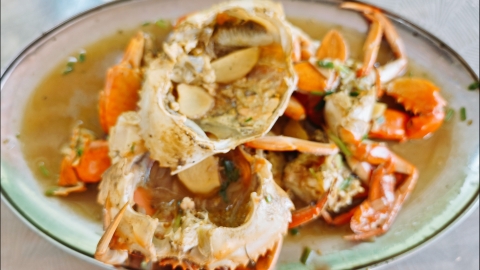How long after a crab dies in winter can it still be safely eaten?
It is not recommended to eat dead crabs at any time during winter. After a crab dies, bacteria inside its body multiply rapidly and produce toxic substances such as histamine. These toxins are heat-resistant and difficult to break down; even cold storage cannot prevent their formation. Consuming them may lead to gastrointestinal discomfort or even poisoning.

Crabs are bottom-dwelling creatures that primarily feed on decaying matter and therefore carry a significant amount of bacteria. Although winter temperatures are low, bacteria continue to reproduce slowly after the crab's death. Particularly after more than six hours post-mortem, both bacterial count and toxin levels increase substantially. Even if thoroughly cooked, these toxins cannot be completely eliminated, and consumption may cause symptoms such as nausea, vomiting, and diarrhea.
Moreover, after death, the proteins within the crab decompose quickly, producing unpleasant odors and harmful substances. This not only greatly reduces nutritional value but also poses health risks. Even freshly deceased crabs may already have active bacteria from the dying process, presenting potential safety hazards and making them unsuitable for consumption.
When purchasing crabs, always choose live, active specimens and cook them promptly after buying. If temporary storage is needed, keep live crabs in the refrigerator's chill compartment to maintain their vitality. Ensure crabs are fully cooked before eating—avoid raw or undercooked preparations—to guarantee food safety.




